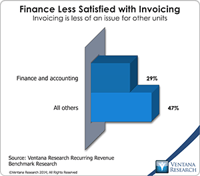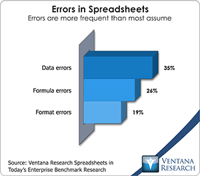Revenue recognition standards for companies that use contracts are in the process of changing, as I covered in an earlier perspective. As part of managing their transition to these standards, CFOs and controllers should initiate a full-scale review of their order-to-cash cycle. This should include examination of their company’s sales contracts and their contracting process. They also should examine how well their contracting processes are integrated with invoicing and billing and any other...
Read More
Topics:
Planning,
Office of Finance,
Operational Performance Management (OPM),
Reporting,
Revenue Performance,
Budgeting,
Tax,
Business Performance Management (BPM),
Financial Performance Management (FPM),
Sales Performance Management (SPM)
For most of the past decade businesses that decided not to pay attention to proposed changes in revenue recognition rules have saved themselves time and frustration as the proponents’ timetables have slipped and roadmaps have changed. The new rules are the result of a convergence of US-GAAP (Generally Accepted Accounting Principles – the accounting standard used by U.S.-based companies) and IFRS (International Financial Reporting Standards – the system used in much of the rest of the world)....
Read More
Topics:
Planning,
Customer Experience,
Office of Finance,
Reporting,
Revenue Performance,
Budgeting,
Tax,
Governance, Risk & Compliance (GRC),
Business Performance Management (BPM),
commission,
Customer Performance Management (CPM),
Financial Performance Management (FPM),
Sales Performance Management (SPM)
Price and revenue optimization (PRO) software uses analytics to help companies maximize profitability for any targeted level of revenues. PRO utilizes data about buyer behavior to gauge individual customers’ price sensitivity and predict how they will react to prices. It enables users to charge buyers who appear to be less sensitive more than those who appear more price-sensitive. PRO is a significant departure from inward-focused, single-factor pricing strategies such as cost-plus pricing or,...
Read More
Topics:
Office of Finance,
Revenue Performance,
Nomis Solutions,
Business Performance Management (BPM),
Financial Performance Management (FPM),
Financial Services













